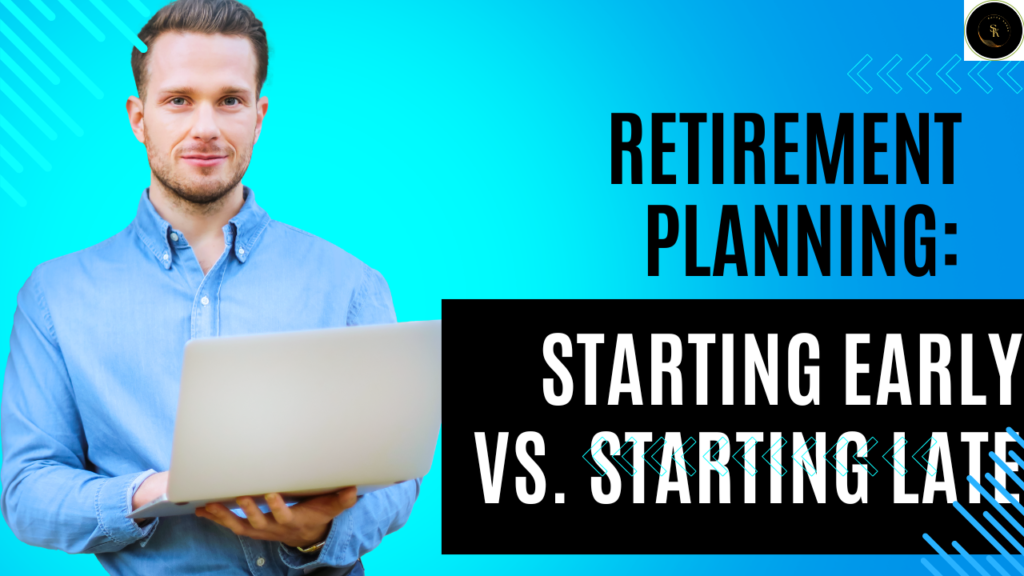
Table of Contents
What are retirement and pension plans ?
Retirement Planning: Retirement and pension plans are essentially your financial security blanket for the golden years of your life. Retirement plans allow you to save and invest a portion of your income during your working years, so you can enjoy a stable and comfortable lifestyle without worrying about your finances.
Think of retirement plans as your source of income in the retirement phase, ensuring that you continue to live with dignity and independence, pursuing the hobbies or passions you have always dreamed about.
How do retirement plans work?
Retirement Planning: Retirement plans are designed to help individuals save and invest money for their future retirement. They work by allowing you to contribute a portion of your income to a dedicated account, which is then invested in a variety of financial instruments such as stocks, bonds, and mutual funds. The goal is to grow your savings over time So that you have enough money to rely on during your retirement years. Here’s a general overview of how retirement plans work.
Contribution: In Retirement Planning You contribute a certain percentage of your income or a certain amount to a retirement plan. This can be done monthly, quarterly or annually depending on the terms of the plan.
Investment: In Retirement Planning Contributions are invested in a diversified portfolio of assets. Investment options are typically managed by financial professionals and can range from conservative to aggressive, depending on your risk tolerance and retirement goals.
Tax Benefits: Many retirement plans offer tax benefits. For example, contributions to a traditional NPS account or PPF may be tax-deductible, and earnings become tax-deferred until withdrawal.
Compounding: Over time, the money in your retirement account earns interest or investment returns. This growth compounds, meaning the returns earn themselves returns, allowing your savings to grow exponentially.
Vesting: Some employer-sponsored retirement plans have vesting programs, meaning you gain full ownership of employer contributions after a certain period of employment.
Withdrawals: Upon reaching retirement age, you can begin withdrawing funds from your retirement account. The age at which you can make penalty-free withdrawals varies by plan, usually around age 59½ to 65.
Shivani’s plan
- Monthly contribution: She decides to invest ₹5,000 monthly.
- Investment Tenure: Their plan is for 28 years, giving them enough time to build a substantial retirement corpus.
- Growth: Their contributions are invested in a mix of equity and debt, which balances risk and offers the potential for higher returns over time
- Payout: On retirement, Shivani can choose to receive a lump sum, monthly pension or a combination of both, depending on her needs and lifestyle preferences
outcome
Retirement Planning: By the time Shivani retired, her consistent contributions had grown significantly due to the power of compounding and strategic investing. Not only has she secured her future, allowing her to retire comfortably and pursue her passion for travel and art, but she has also ensured that she will not be a financial burden on her family.
Retirement Planning: Shivani’s example shows us that with a little foresight and regular contributions, it is possible to achieve a financially stable retirement. Starting early gives you a longer runway to build your nest egg, gaining time and increasing your profits. Remember, it’s never too early or too late to start retirement planning, but the sooner you start, the easier your retirement journey will be.
Types of Retirement and Pension Plans in India
Retirement Planning : Let’s break down the different types of retirement and pension plans available in India in a simple table to help you understand your options.
| Type of plan | Description | Suitable for whom |
| Deferred Annuity | You pay premiums for a specified period, and the pension starts after a certain age. You have the option to make a lump sum payment or regular payments. | Individuals who are still working and want to build a corpus for retirement over time. |
| Immediate annuity | You invest a lump sum and the pension starts immediately after investment. There are various options for payment frequency. | Individuals who have a lump sum amount available and want to start receiving pension immediately, such as retirees. |
| National Pension System (NPS) | A government-sponsored pension scheme that allows you to invest in equity and debt markets with the option to withdraw the amount as a lump sum at retirement and the rest as pension. | Individuals looking for a mix of low-cost, tax-efficient and flexible retirement savings. |
| Unit Linked Pension Plans (ULPP) | These plans invest a part of the premium in the stock market. Returns are subject to market risks but have high growth potential. | Individuals looking for market-linked growth for their retirement fund along with tax benefits*. |
| Guaranteed # Refund Plans | These plans offer guaranteed returns on investment after a certain period, which is specified at the time of policy purchase. | Individuals are looking for safe and guaranteed returns on their retirement savings. |
| pension fund | These are special investment funds that allocate contributions across various securities for long-term growth, managed by professional fund managers. | Individuals who are looking for diversified investments managed by professionals to accumulate retirement savings. |
Stay Connected with http://satyakhbar.com




